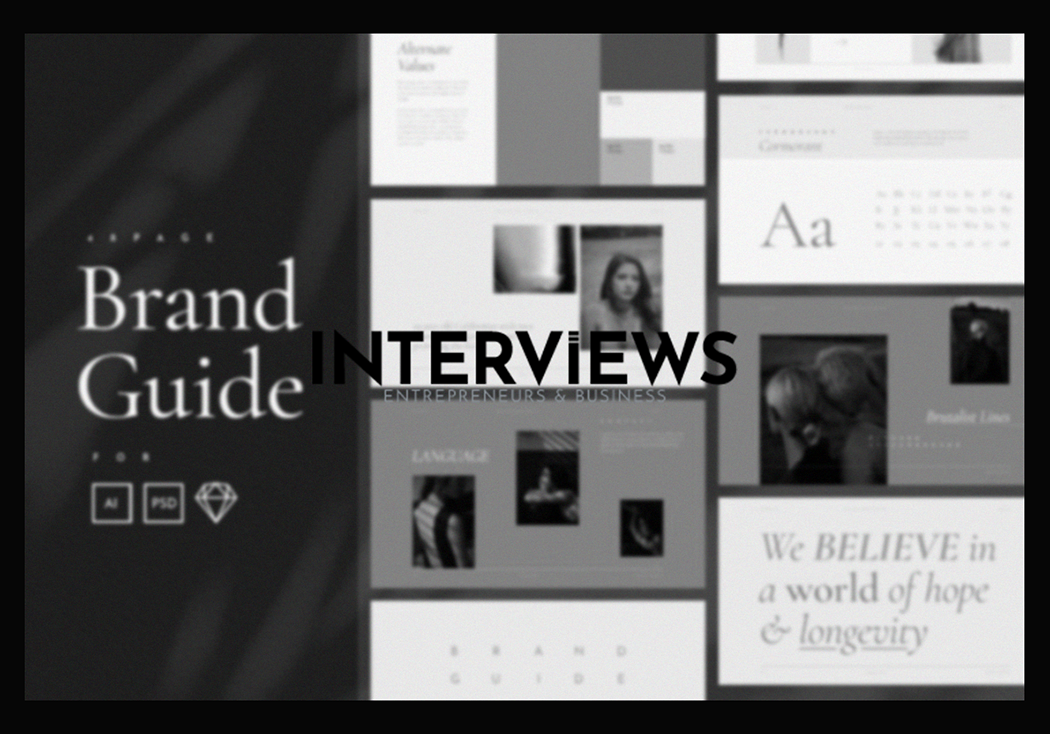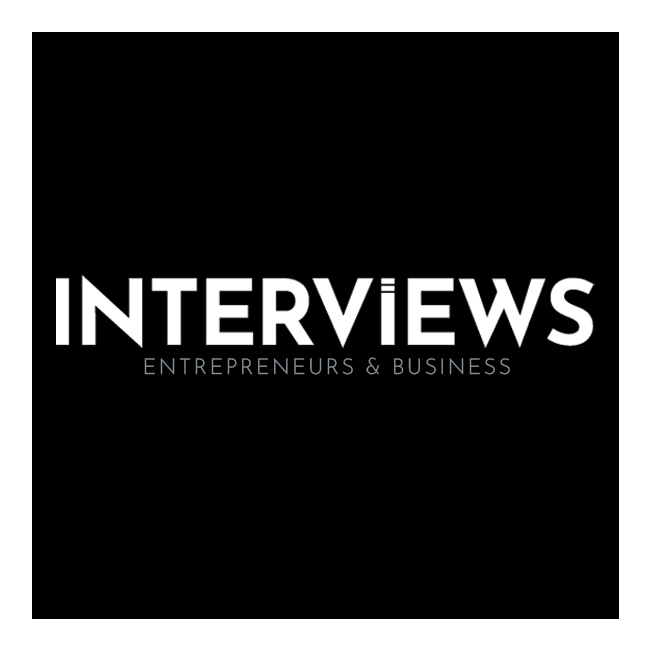So, You Want to Be a Fashion Mogul, Huh? Let’s Talk Cash and Reality.
Do you dream of seeing your designs on runways or selling them online? Starting a clothing brand seems glamorous. But hold on. Before picturing yourself as the next big designer, let’s talk facts. Consider the money and steps required to launch your label.
The Price Tag of Passion: Understanding the Costs
Spoiler: starting a clothing brand isn’t free. Your dreams are the fabric. Money is the thread binding everything. Here’s what you’ll need to pay for:
Initial Costs: The Get-Started Grind
- Business Plan: You need a roadmap, not just a mood board. A business plan details your goals, target customers, and revenue strategies. It clarifies your vision.
- Branding: Logo? Brand identity? Unique vibe? That all adds up. You’re creating an identity. Make it memorable.
- Design and Development: Designing requires software and quality materials. If you’re not into “abstract,” invest in your designs.
- Fabric and Textile Sourcing: Quality fabrics matter. Research and secure reliable suppliers. Cheap fabric can hurt your brand.
- Manufacturing: If you don’t want to hand-stitch every piece, you’ll need a manufacturer. Reliability is crucial; delays can ruin you.
- Marketing and Sales: Website, social media, ads—fund them all. No one buys what they don’t know about. Budget here, or your marketing will flop.
- Legal and Administrative Costs: Business registration, permits, legal stuff are essential for legitimacy.
Ongoing Costs: The Never-Ending Meter
- Inventory: You need clothes to sell. Stocking up is a constant cycle. Avoid overstocking.
- Production Costs: Beyond fabric, consider labor and factory overhead. Each piece has a price. Don’t underestimate this.
- Shipping and Logistics: Getting products to customers isn’t free. Factor in shipping, packaging, and logistics.
- Marketing and Advertising: This isn’t one-off. Ongoing promotion helps maintain visibility. It’s vital.
- Website Maintenance and Hosting: If you’re online, maintain your website. Keep it polished and user-friendly.
- Staff Salaries: Employees require salaries and benefits. A happy team contributes to a successful brand.
- Rent and Utilities: If you have a store or office, tackle rent, utilities, and more.
Startup Costs: The Big Picture Price Tag
- Launching a clothing brand could cost from thousands to tens of thousands. Online setups might range from $5,800 to $17,000. Want a physical retail presence? Expect $64,500 to $131,300.
- In Indian Rupees, starting a brand could cost between ₹5 lakh and ₹10 lakh. Convert that to dollars to see if you still want to move forward.
- Small-scale? A micro-business can start at $500. Think Etsy, not runway.
- Medium-sized line budget? $1,500-5,000. Boutique potential exists.
- A large-scale fashion business? You’re looking at tens of thousands.
From Zero to Fashion Hero: Steps to Launch Your Line
The costs may scare you, but don’t give up. Every brand has humble beginnings. Here’s how to evolve your clothing vision step-by-step:
A. Business Planning: The Brains Behind the Threads
- Define your brand: What is its essence? Vision, mission, audience—get it right. Are you edgy streetwear or eco-friendly chic?
- Research the market: Understand trends and competitors. Don’t create winter clothes for a warm climate.
- Determine your business structure: Consider sole proprietorship or LLC. Legal structure is crucial.
- Outline your financial projections: Understand startup costs and revenue forecasts. Embrace budgeting.
- Develop a marketing strategy: How will you reach customers? Social media? Influencer marketing? Map your attack.
B. Design and Development: Where Creativity Meets Construction
- Create your designs: Design a collection that reflects your brand identity. Cohesion is key.
- Source fabrics and materials: High-quality fabrics are essential. Choose wisely based on your brand vision.
- Find a manufacturer or production partner: Decide between DIY and outsourcing. Choose reliable partners.
C. Branding and Online Presence: Making Your Mark
- Create a website: An essential platform for sales and promotion. Make it professional and appealing.
- Develop a strong brand identity: Memorable name, eye-catching logo, and unique style are musts.
- Build a social media presence: Engage and promote on social media platforms like Instagram and TikTok.
D. Marketing and Sales: Getting Those Clothes Moving
- Develop a marketing plan: Use various channels. Mix content, ads, collaborations to catch attention.
- Consider online sales: E-commerce platforms like Shopify or Etsy are great for selling directly.
- Explore retail partnerships: Collaborations with boutiques can increase reach. Wholesale can be beneficial.
- Focus on customer service: Happy customers return. Provide excellent service to build loyalty.
E. Legal and Business Considerations: Staying Out of Trouble
- Register your business: Obtain necessary licenses and permits to avoid issues.
- Protect your intellectual property: Safeguard trademarks and copyrights for original designs.
- Understand tax obligations: Consult a financial advisor on taxes to avoid complications.
F. Bonus Shopify Intel: Level Up Your Game
- Develop your fashion design skills: Keep learning and evolving with the industry.
- Follow fashion trends (but don’t be a copycat): Stay updated while adding your unique twist.
LLC or Not to LLC? That is the Question (of Liability)
An LLC stands for Limited Liability Company. Is it necessary for your clothing brand?
A. LLC Perks: The Shield of Protection
- Liability Protection: An LLC shields personal assets from business debts. Your home and savings stay safe.
- Professionalism and Credibility: An LLC boosts trust with customers and investors. Perception is vital in fashion.
- Separation of Finances: Keeps personal and business money distinct. Helps in tracking finances.
- Tax Advantages: An LLC can provide better tax benefits depending on the structure.
- Ease of Operations: Simplifies handling bank accounts and loans, reducing hassles.
B. LLC Not-So-Urgent Scenarios: When to Hold Off
- Small, Low-Risk Ventures: A low-risk small brand might not need an LLC initially. Form one later when your brand grows.
- Initial Stages: Start without an LLC, form one as risks become clearer.
C. LLC Formation 101: The Paperwork Parade
- Choose a Business Name: Ensure it’s unique and available in your state.
- Register Your Business: File necessary paperwork with state authorities.
- Obtain an EIN: Get an Employer Identification Number from the IRS for tax purposes.
- Create an Operating Agreement: This outlines rules for your LLC’s operations.
- Open a Business Bank Account: Maintain separate accounts for business transactions.
Budget Brand on a Shoestring: Starting with Practically Nothing
Broke but full of ideas? Starting a clothing brand with no money may seem impossible. It’s doable with resourcefulness and creativity.
A. Low-Cost Legends: Strategies for the Frugal Fashionista
- Dropshipping, print-on-demand, service-based models: These are budget-friendly options. Dropshipping eliminates inventory costs; print-on-demand minimizes upfront expenses; leverage skills in a service-based model.
FinCorp shares insights. Check: How To Start A Clothing Business: 7 Easy Steps (2024) – Hero FinCorp.
B. Essential Actions: Even on a Zero Budget
- Market Research: Identify your audience, their needs, and competition. Information is free; use it wisely.
- Business Plan: Outline your brand vision, market, products, marketing, and finances. Planning costs time and brainpower.
- Branding: Create a strong brand identity – logo, name, and aesthetic. Prioritize creativity over cash.
C. Minimum Budget Reality Check:
- Starting a clothing brand alone in India? Expect ₹5 lakh to ₹10 lakh minimum needed. Globally, a lower start might limit quality and scale.
Pro Tips & Success Secrets: Level Up Your Clothing Game
Want to increase your chances of avoiding clothing brand failure? Focus on these insights:
A. General Wisdom Nuggets
- Start Small: Launch with a small collection first to grow later. Take baby steps, avoid big inventory risks.
- Focus on Quality: Use high-quality materials and production. Quality leads to customer loyalty and repeat sales.
- Build a Strong Brand Identity: Create a distinct, memorable brand that stands out. Avoid genericities.
- Leverage Social Media: Use social media for community building, promotion. It’s a low-cost marketing tool.
- Don’t Be Afraid to Ask for Help: Seek advice from mentors and industry experts. Collective wisdom is valuable.
- Stay True to Your Brand: Consistency in designs and messaging is crucial. Maintain brand integrity.
- Be Adaptable: Treat feedback as a tool. Adjust your strategy as feedback comes in. Fashion evolves; adapt.
- Network and Build Relationships: Connect with industry professionals to create opportunities. Networking opens doors.
- Don’t Be Afraid to Experiment: Try new ideas and push boundaries to innovate. Freshness is crucial.
B. Alternative Business Models to Consider:
- Dropshipping & Print on Demand: Options for low inventory and low risk. Perfect for testing markets.
C. Profit Powerhouse: What Clothes Sell Best?
- Everyday Staples: Jeans, t-shirts, casual dresses have universal appeal. Basics done well can lead to high sales.
Key Considerations: The Fine Print You Can’t Ignore
A. Trademarks: Protect Your Brand Name
- Trademarking your brand name? Filing fees start around $350 per class of goods. Protecting your brand is worth the cost.
B. Designs for Launch: Quality Over Quantity (Initially)
- Start with 3-8 styles in your first collection. Focus on a curated selection to avoid chaos.
C. Copyrighting Your Brand Name: Yes, Please!
- Register your clothing brand name. It’s your identity; protect it legally.
D. Selling Without an LLC: Possible, But…
- You can sell online without an LLC, but consider the benefits of liability protection as you grow.
E. Write-Off Clothes for Your LLC? Business vs. Personal
- Yes, but only if clothes serve a business purpose. Think uniforms, not casual wear.
F. Starting With Zero Experience? Blueprint for Beginners:
- Develop a Business Plan: This roadmap is essential for novices.
- Design and Production: Learn design fundamentals, find reliable production. Outsourcing can help initially.
- Online Presence & Marketing: Create a website and social media accounts. Digital presence is essential.
- Legal and Financial: Seek basic legal and financial advice early on. Knowledge is key.
- Continuous Improvement: Learn, adapt, and evolve. Fashion comprises journey, not destination.
More Must-Knows: Quick Fire Fashion Facts
A. Minimum Budget Recap:
- Expect ₹5 lakh to ₹10 lakh in India. Adjust according to market.
B. Is Owning a Clothing Brand Hard? Reality Check:
- Yes, like any business. Challenging but rewarding. Passion helps; delusions hinder.
C. Trademark Cost: Re-emphasized
- $350 base fee for trademarking. Protecting your brand is wise.
D. Design Quantity: Worth Repeating
- Start with 3-8 designs for your launch collection. Aim for focus before expansion.
E. Copyright Brand Name: Yes!
- Make sure to register it. Your name represents valuable intellectual property.
F. Selling Without LLC: Revisited
- Starting without an LLC is possible; consider an LLC for liability as you scale.
G. T-Shirt Business Design Quantity: Specifics Matter
- Offer 30-50 shirts per design to gauge t-shirt demand. Balance inventory with market testing.
H. 2025 Trend Alert: Fashion Forecast
- Look out for Boho Chic, Aquatic Influences, and Sustainability. Trends reflect market demands.
I. Gen Z Style 2025: Decoding the Youth
- Y2K nostalgia, sustainable fashion, maximalist vibes. Know your audience if they’re Gen Z.
J. Clothing Brand Failure Rate: The Harsh Truth
- About 98% of clothing brands fail within years. It’s tough, but persistence can yield results.
This is the unvarnished guide to starting a clothing brand. It unfolds through passion, persistence, and business sense. Now go create and budget wisely!




